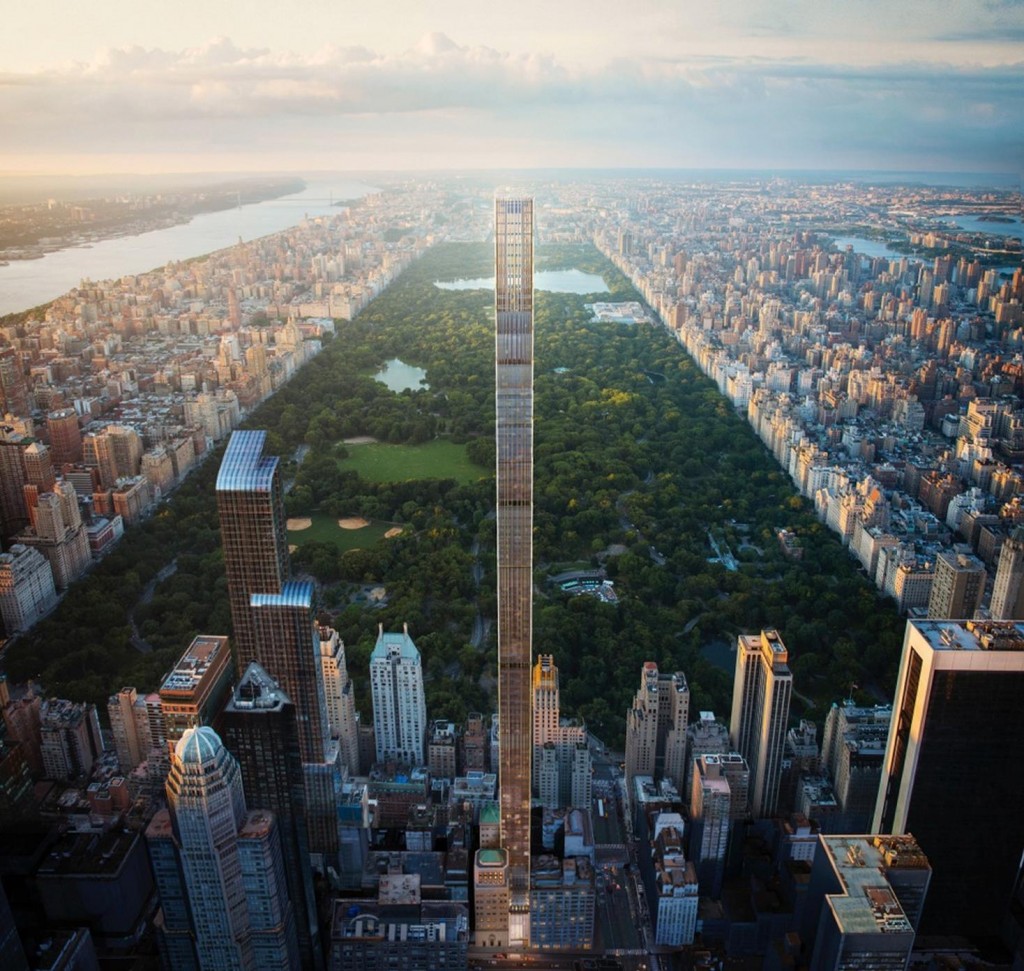News
When buildings misbehave
The 2015 International Conference of the Council on Tall Buildings and the Urban Habitat (CTBUH) was held at New York’s Grand Hyatt. The conference explored what the CTBUH calls the dual phenomena of “motivations and mechanisms that are enabling multi-national investment scenarios, and the technical innovations that are driving new heights, forms, materials and construction technique.”
Or, stated more succinctly, investors are grabbing up property left and right and funding bold construction projects that push the limits of what tall buildings can be. Without adequate planning, however, sometimes innovative building projects bring unintended consequences.
 Consider architect Frank Gehry’s Walt Disney Concert Hall in Los Angeles, with its sweeping stainless steel façade that’s as whimsical as the cartoonist for whom it is named. Occupants of neighboring residences soon found that the stainless steel reflected light, which was heating their homes and causing blinding glare at certain times of day. Gehry’s firm eventually sanded the exterior of the building to reduce the reflectivity of the shiny cladding.
Consider architect Frank Gehry’s Walt Disney Concert Hall in Los Angeles, with its sweeping stainless steel façade that’s as whimsical as the cartoonist for whom it is named. Occupants of neighboring residences soon found that the stainless steel reflected light, which was heating their homes and causing blinding glare at certain times of day. Gehry’s firm eventually sanded the exterior of the building to reduce the reflectivity of the shiny cladding.
And then there’s the south side of New York’s Central Park, where a flurry of new construction is gradually casting a longer, wider shadow over the park. While shading is an inevitable side effect of building ever-higher, strategic design and construction can help designers avoid unintended consequences of their designs—and potential legal battles down the road.

CPP’s tall building design services help architects and designers predict potential pitfalls before they have a chance to cause problems. From reflection and shading issues to cladding requirements and occupant comfort, we offer clients a holistic view that doesn’t just address the environment’s effect on a new building: It also demonstrates how that new building will affect its environment.
Tall building design isn’t just about building bigger and higher. It’s about understanding the needs of your clients and your neighbors. And done right, it’s a cost-effective way to ensure that your design is safe, comfortable, and efficient.
